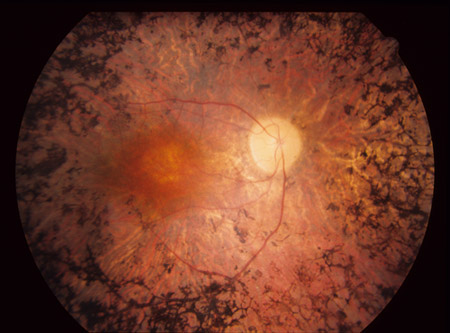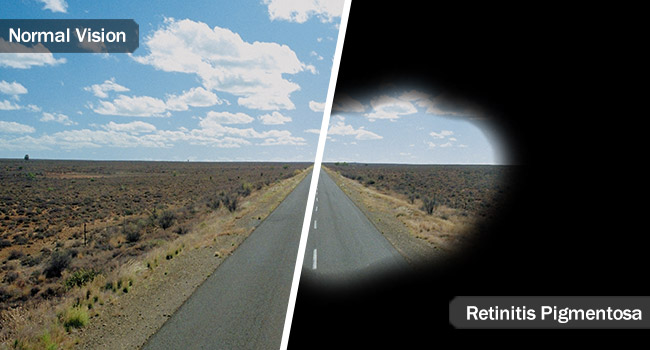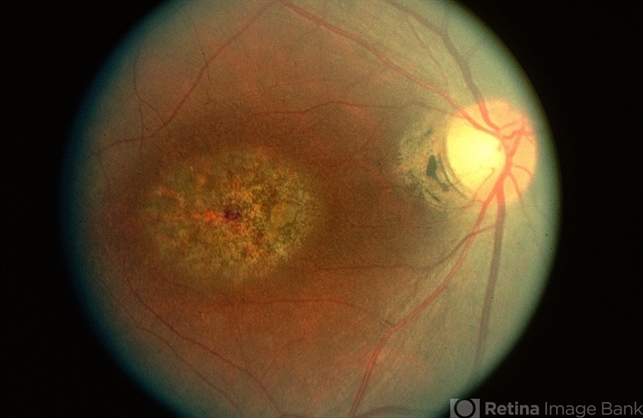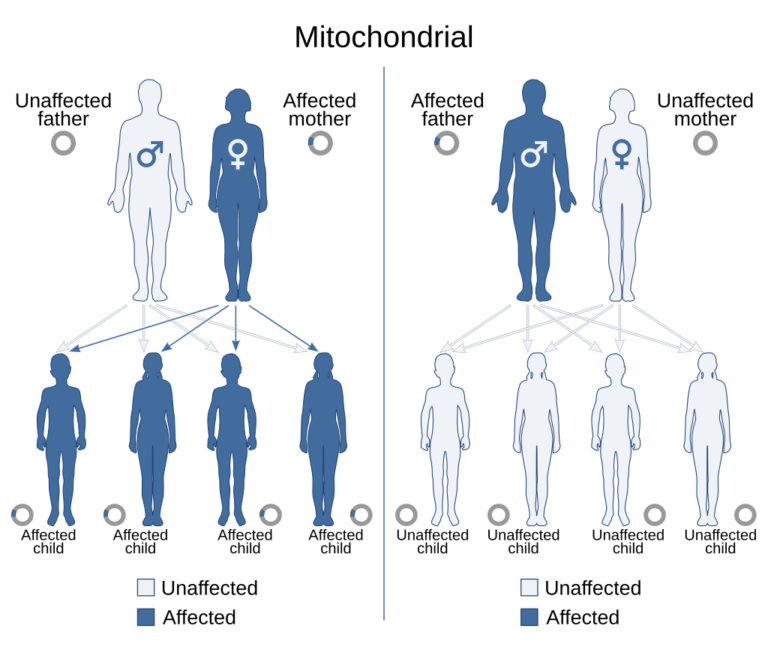Hereditary Retinal Diseases: Light at the End of the Tunnel
Posted on 08 Oct. 2024 by Dr. Yvette Wang

Hereditary retinal diseases are a group of conditions passed down through families that affect the retina, the light-sensitive tissue at the back of your eye. These diseases can lead to vision loss and, in some cases, blindness. While there is currently no cure for many of these conditions, light therapy, or photobiomodulation (PBM), has emerged as a promising treatment option. Light therapy uses specific wavelengths of light to stimulate the cells in the retina, promoting healing and reducing damage. This treatment is non-invasive, painless, and is being studied for its potential to improve vision and slow down disease progression in several hereditary retinal diseases. This article will explain how light therapy is being used to treat retinitis pigmentosa, Stargardt disease, and Leber’s hereditary optic neuropathy—three common hereditary retinal diseases.
Retinitis Pigmentosa
Retinitis pigmentosa (RP) is one of the most common hereditary retinal diseases, affecting about 1 in 4,000 people. It causes the gradual degeneration of the photoreceptor cells in the retina, leading to night blindness, tunnel vision, and eventually complete blindness (Figure 1).
While no cure exists for RP, light therapy has shown promise in a small number of studies:
– A Case Study: A 55-year-old patient with advanced RP underwent light therapy using a continuous-wave laser diode for short sessions over two weeks. The patient’s vision improved from 20/50 to 20/20 in both eyes, and their visual field (the area they could see) expanded. The improvements were maintained for five years, although the patient experienced a relapse, which was successfully treated with additional light therapy sessions. Over the next two years, the patient received occasional treatments to maintain their improved vision(Hereditary retinal dise…).
Light therapy’s ability to reduce inflammation and support cell health in the retina suggests that it could slow the progression of RP and improve visual function, offering hope for people with this degenerative condition.

Stargardt Disease
Stargardt disease is the most common inherited form of macular degeneration, which primarily affects central vision. It often begins in childhood or early adulthood and leads to progressive vision loss (Figure 2).
A recent clinical study tested light therapy in patients with Stargardt disease over the course of one year:
– Study Results: Ninety eyes of 45 patients received light therapy for 10 minutes twice a day for one year. The study showed significant improvements in best corrected visual acuity (BCVA), which is the sharpness of vision. The patients’ BCVA improved from 0.7 to 0.4 on the visual acuity scale, meaning they could see more clearly after treatment. The **microperimetry** test, which measures the sensitivity of the retina, also showed improvement, indicating that the light therapy helped enhance retinal function.
These findings suggest that light therapy may help patients with Stargardt disease retain or even improve their vision, offering hope where few treatment options exist.

Leber's Hereditary Optic Neuropathy (LHON)
Leber’s hereditary optic neuropathy (LHON) is a rare genetic disorder that affects the optic nerve, causing rapid vision loss, often in young adults. LHON is caused by mutations in mitochondrial DNA, which lead to the degeneration of retinal ganglion cells, the nerve cells that carry visual information from the eye to the brain (Figure 3).
– Research Findings: Studies have shown that light therapy can help improve mitochondrial function, which is crucial for maintaining healthy retinal ganglion cells. In one study, patients with LHON were exposed to blue light, and researchers noted increased brain activity in areas related to vision and cognitive function. This suggests that light therapy may help improve visual function by preserving the melanopsin-expressing retinal ganglion cells, which play a key role in both visual and non-visual functions.
Although more research is needed, these findings are encouraging and indicate that light therapy may be able to slow down or reverse some of the vision loss associated with LHON.

Hope from Light Therapy
Light therapy works by delivering specific wavelengths of light to the retina, where it helps boost cellular energy production, reduces inflammation, and promotes healing. This process supports the health of retinal cells and may help slow down the degeneration that leads to vision loss in hereditary retinal diseases.
For example, in conditions like RP and LHON, light therapy enhances mitochondrial function, improving the cells’ ability to produce energy and repair themselves. In Stargardt disease, the therapy helps the retina’s photoreceptors function better, leading to improvements in vision.
Light therapy for hereditary retinal diseases is generally considered safe, with few side effects reported in clinical studies. The treatment is non-invasive and doesn’t involve any drugs or surgeries. However, as with any medical treatment, it’s important to discuss potential risks and benefits with your eye doctor.
Summary
Hereditary retinal diseases such as retinitis pigmentosa, Stargardt disease, and LHON can lead to progressive vision loss, and currently, there are limited treatment options. However, light therapy is showing promise as a safe and effective way to improve vision and slow disease progression. By enhancing cellular health and function in the retina, light therapy may help patients with these conditions retain or even improve their vision.
If you or a loved one has been diagnosed with a hereditary retinal disease, talk to your doctor about whether light therapy could be an option for you. Although more research is needed, this emerging treatment offers hope for improving quality of life for patients with these challenging conditions.
